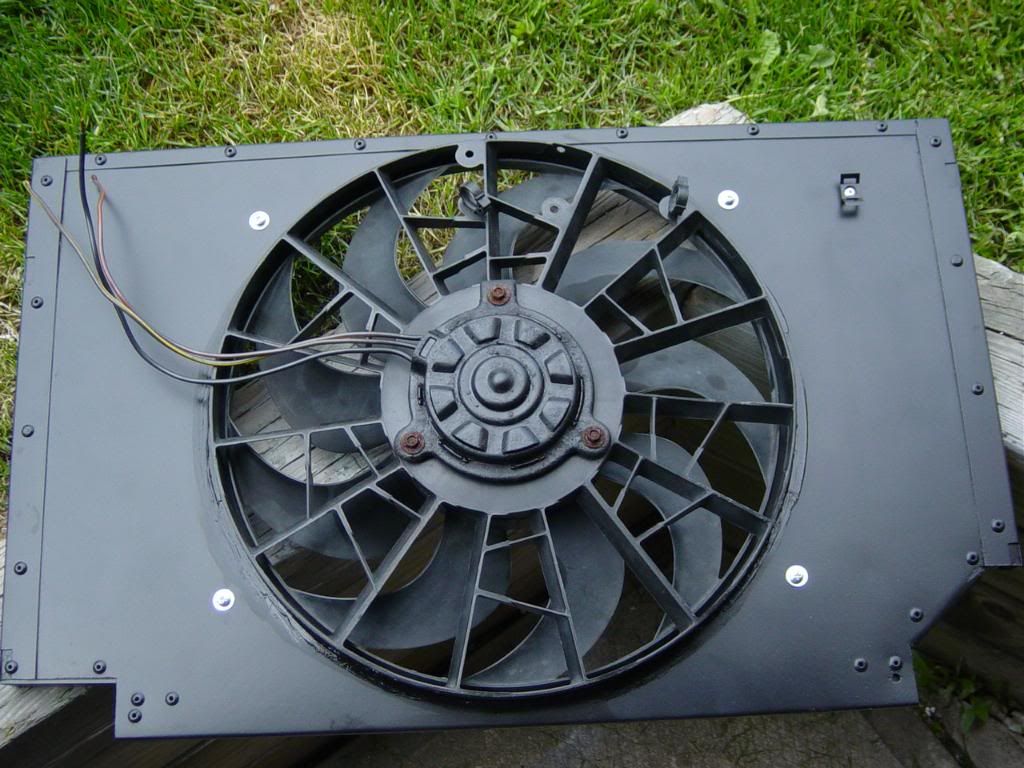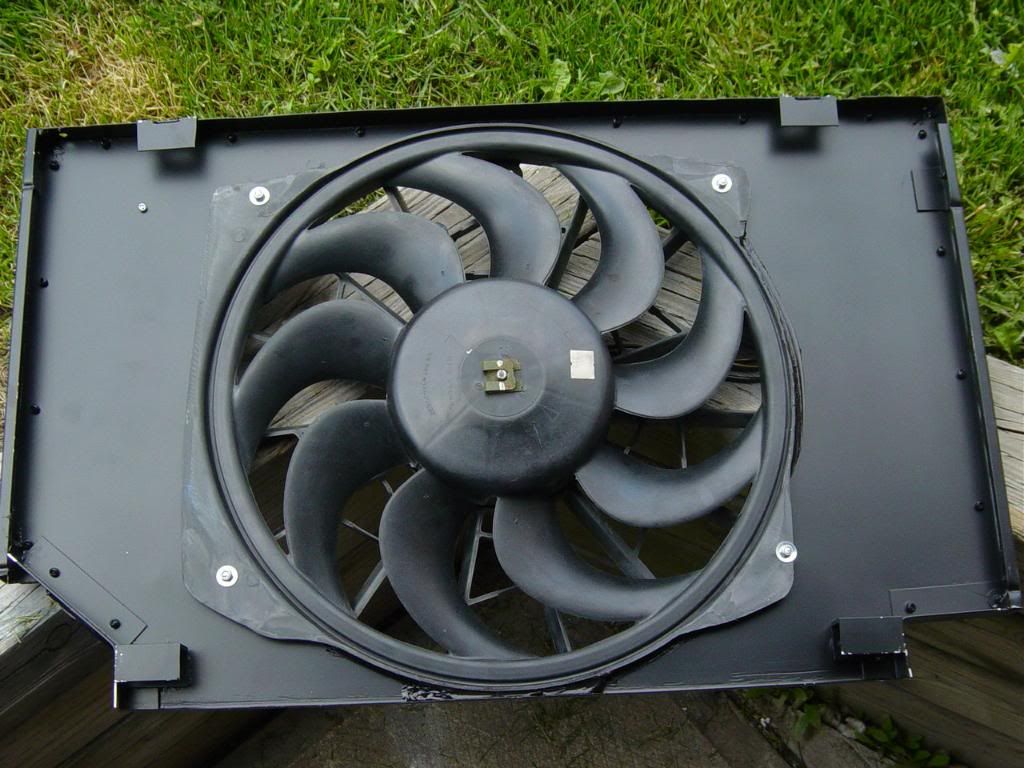Series1Rangie
Adventurer
Jon,
Looking good. What is you plan for shortening the front seat bases?
Mike and Myles
Looking good. What is you plan for shortening the front seat bases?
Mike and Myles










When I was installing the new hoses I found a tool that is for a popping the door panels off, is well suited for getting at the heater hoses that are connected to the front of the intake manifold. I also found that one of the hoses rubs on the valley gasket so I used a piece of the old radiator hose to help protect it.
I have on e of those tools I swear I have used it for more random jobs then I ever imagined. Best 10 buck I ever spent
Nice build up too!




















This seat base issue is something that makes me surprised the RRC is/was so successful over there. I'm about 6' tall and have to have my seat all the way back, losing most of the leg room for the rear passengers. Even so, my legs are still a little uncomfortable and my hair often brushes against the head lining, and that's with no sunroof at all (flat head lining, no dropped section). 6' might be just a little taller than average in Europe, but is probably slightly shorter than most in the US. I can imagine a lot of LSE/LWB RRC owners had the seat base redrilled to mount the seat a couple of inches further back.
I hope this mod works well - it does carry the slight risk of leaving your legs too straight to be comfortable, having the seat closer to the floor, and of course the seat needs to go back as well as down if the overall distance between pedals and seat is to be maintained. You will probably need to move the seat aft by double the distance you lower it - you need not only to maintain that diagonal distance but to increase it for your straighter legs.
As far as the cooling fan issue goes, there are pros and cons to each side, many of which you have already read. The electric fan manufacturers always bang on about the engine power issue though, and I reckon it's a complete lie - apart from modern fans having viscous hubs so they free-wheel when not required, the airflow through the fan from the vehicle's forward motion reduced the fan blades' angle of attack to virtually nothing, so the fan has no drag. In fact, if you're going at a fair speed with relatively low rpm (ie driving efficiently), the fan may even get a negative angle of attack and work more like a turbine, being driven by the airflow and reducing the water pump drag on the engine...
Electric fans simply aren't as efficient, let alone powerful, as engine driven because of the energy state transformations that need to take place - engine kinetic energy into the alternator KE, with losses through the drive belts, into electrical, losses through the wiring looms, back into mechanical energy at the fan motor. An engine driven fan doesn't have these state changes with their inherent "leaks" and losses.
The real clincher for me though is reliability - like you said, viscous fans "fail safe", as has currently happened to my 300Tdi RRC. At least i know the engine will not have a problem. My 109 has a 200Tdi and I had to fit an electric fan (new) as the viscous unit didn't align with the rad and had the possibility of hitting the front cross member and brake line attached to it. I always worry about the fan failing, even though it has been fine so far, and despite its 14" diameter (same as rad dimensions), it seems to take a while to bring the temperature down. Ultimately, I reason that car manufacturers only fir electric fans where engine driven fans aren't viable (transverse engines or positioning situations like mine) - manufacturers of prestige cars always use in-line engines and generally use viscous fans where possible, and they do everything they can to get the most performance and minimum fuel consumption.


